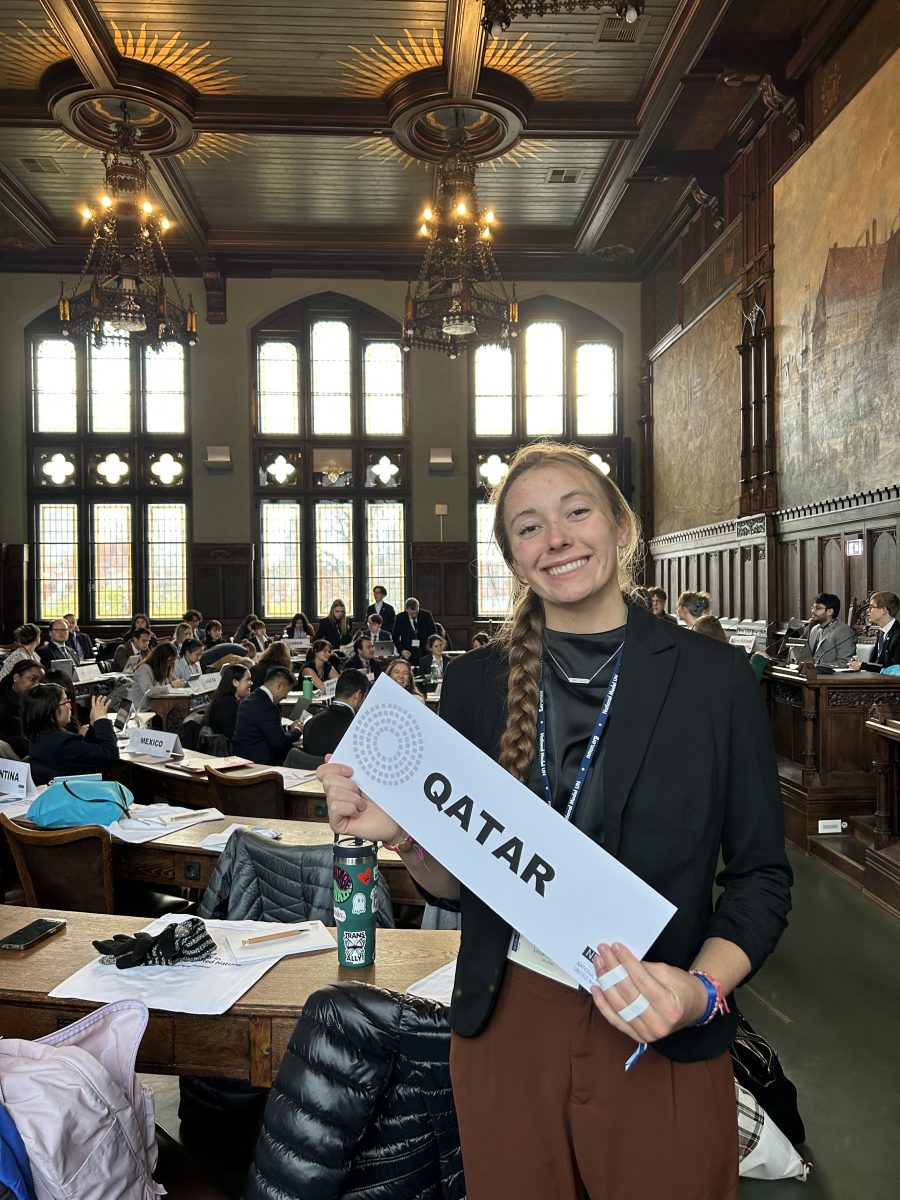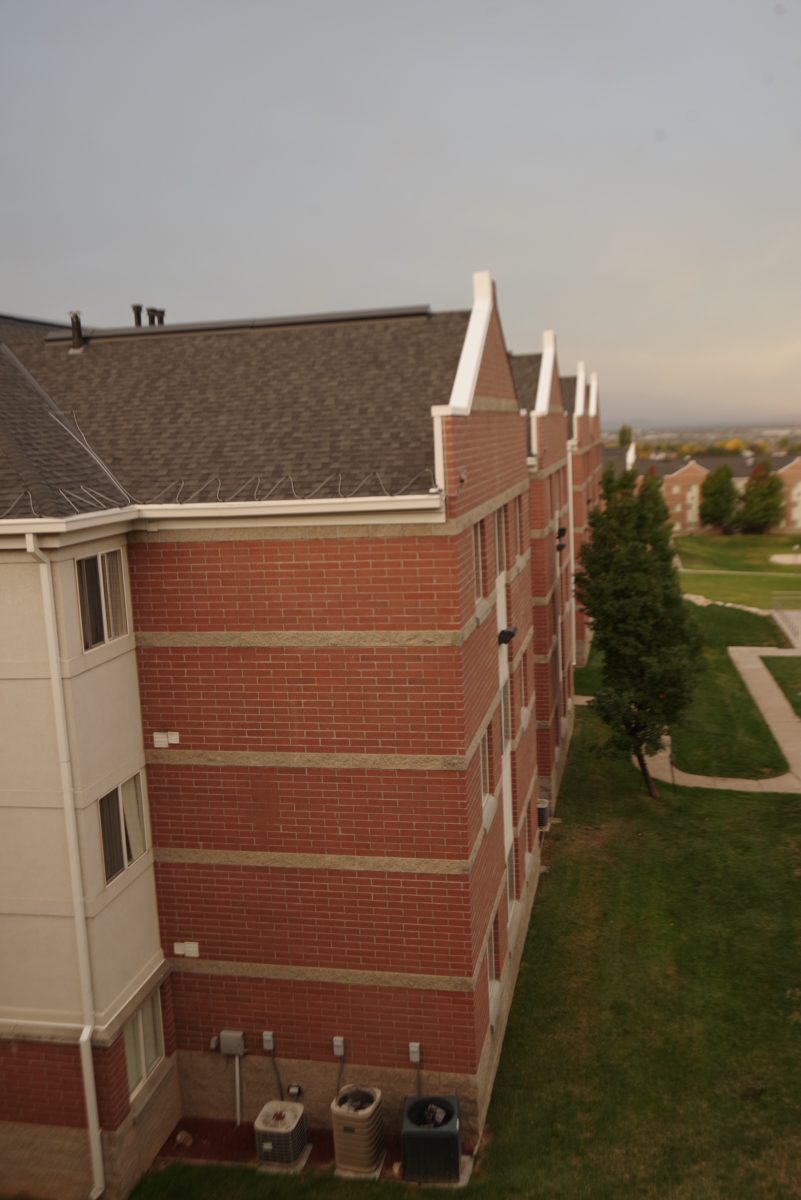The journal Nature Climate Change published a study estimating that by the year 2030, air-pollution deaths in the United States will hit 60,000 yearly. Utahns —specifically those living along the Wasatch Front — can attest to the effects of air pollution.

I had always associated air pollution with large cities like New York or Los Angeles, but in my continuing battle with air pollutant health-related issues since moving here, I decided to do a little digging of my own.
The public is led to believe unhealthy air pollutants are on the decrease, and while this is true for sulfur dioxide, it is not the case for other harmful pollutants dominating the air along the Wasatch Front.

According to a 2017 air quality study by The National Oceanic and Atmospheric Administration, over 2 million people residing in the Salt Lake region are exposed to some of the most severe particulate matter air quality issues in the nation.
University of Utah communications professor Yvette Shen designed a user-friendly website simplifying when and to what extent pollutants have affected the quality of air in Salt Lake City dating back to 1980.
Advocates for clean air are mostly concerned with the levels of particulate matter and ground-level ozone pollutants — both of which have increased significantly in the last 35 years.
Utah Physicians for Healthy Environment — one of the four main advocacy groups working to change the air Utahns breathe — continues to publish research on the lasting effects of air pollution on the human body.
“It’s demoralizing to look at,” Weber State University professor of geography Eric Ewert said.
All major organ systems are affected by air pollution: everything from impaired brain function to metabolic disorders.

Emergency rooms have become commonplace to me since coming to Utah three years ago. For a variety of complications, I have been to the ER twenty-eight times. Unfortunately, neither the neurologist nor the chief gastroenterologist at the Salt Lake City VA hospital have answers for my chronic migraines and abdominal spasms.
Gastrointestinal issues are one metabolic type associated with air pollution, and even though there is no diagnosis for what continues to cause my suffering, I cannot ignore the timeline from where my health took a spectacularly bad turn.
Though we may not experience immediate emergent conditions associated with being exposed to an air quality index value over 300 (hazardous conditions), any amount of exposure overtime can be associated with numerous health issues.
Increased rates of Type I and Type II diabetes are linked to short term exposure, along with obesity and metabolic-syndrome-causing health problems.
Scientists have yet to provide definitive research in response to air pollution causing autism, but the correlation between the two is strong enough to suggest it. According to the Utah Registry of Autism and Developmental Disabilities, Utah has one of the highest prevalence rates for autism in the country.
A study conducted from 2001-2007 in Massachusetts tracked 500,000 infants for over six years exploring possible increased rates of infant mortality from air pollution.
The study revealed a strong association between increases in particulate matter pollution (PM2.5) and total infant deaths, respiratory deaths and SIDS with outcomes between 200 and 300 percent.
Difficult cannot begin to describe the level of shock and dismay I experienced in learning of all the consequences from bad air. The sad truth is that even though we are aware of the toxins we breathe every day, we continue to use the very things causing them.
Over five years ago, when the population was less than what it is now, an estimated 62,200 vehicles traveled on State Routes 190, 210, 244 and 248 daily in February 2013, according to the Utah Department of Transportation.
Our infrastructure may be built to suit vehicles, but it is our perceived entitlements that ensure we will own one and drive it with little to no thought on the negative impact it has on humanity and the environment.
“The most dangerous thing you can do is get in your car,” Ewert said.
What are we to do about it? Flee the state? Lop off the mountains trapping air pollutants from horizontal movement, thereby accentuating bad air conditions?
The Federal Government stepped in, passing the Clean Air Act of 1970, which decreased amounts of sulfur dioxide and Nitrogen oxide being released into the atmosphere.
However, it is simply not enough. The state legislature’s neglect in taking any action has brought thousands to the capitol’s front door demanding change.
It is no secret that the air quality along the Wasatch Front is among the worst of the worst in the nation, and it will only continue to worsen unless we completely alter our daily lives of which we have become accustomed.
Weber State Students R.D. Hunt, Brian Magness, Chris Woodhaven and Philip Harrison are responsible for bringing real-time air quality in Utah to anyone with a smartphone.
As part of a suggestion by Director of the National Center of Automotive Science and Technology at Weber, Joe Thomas, the air quality app is a free, successful tool providing a three-day forecast for PM2.5 and ozone levels.



















